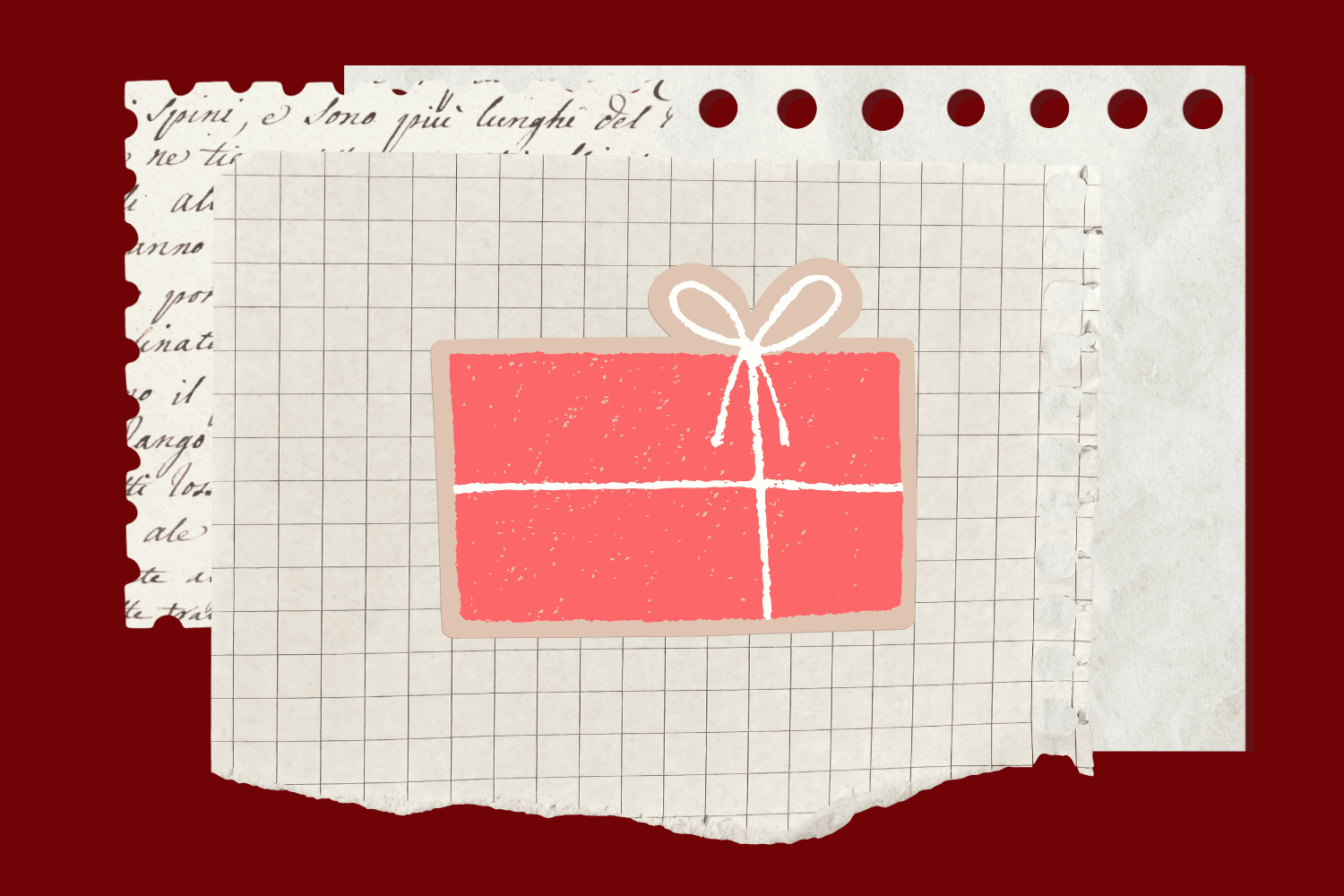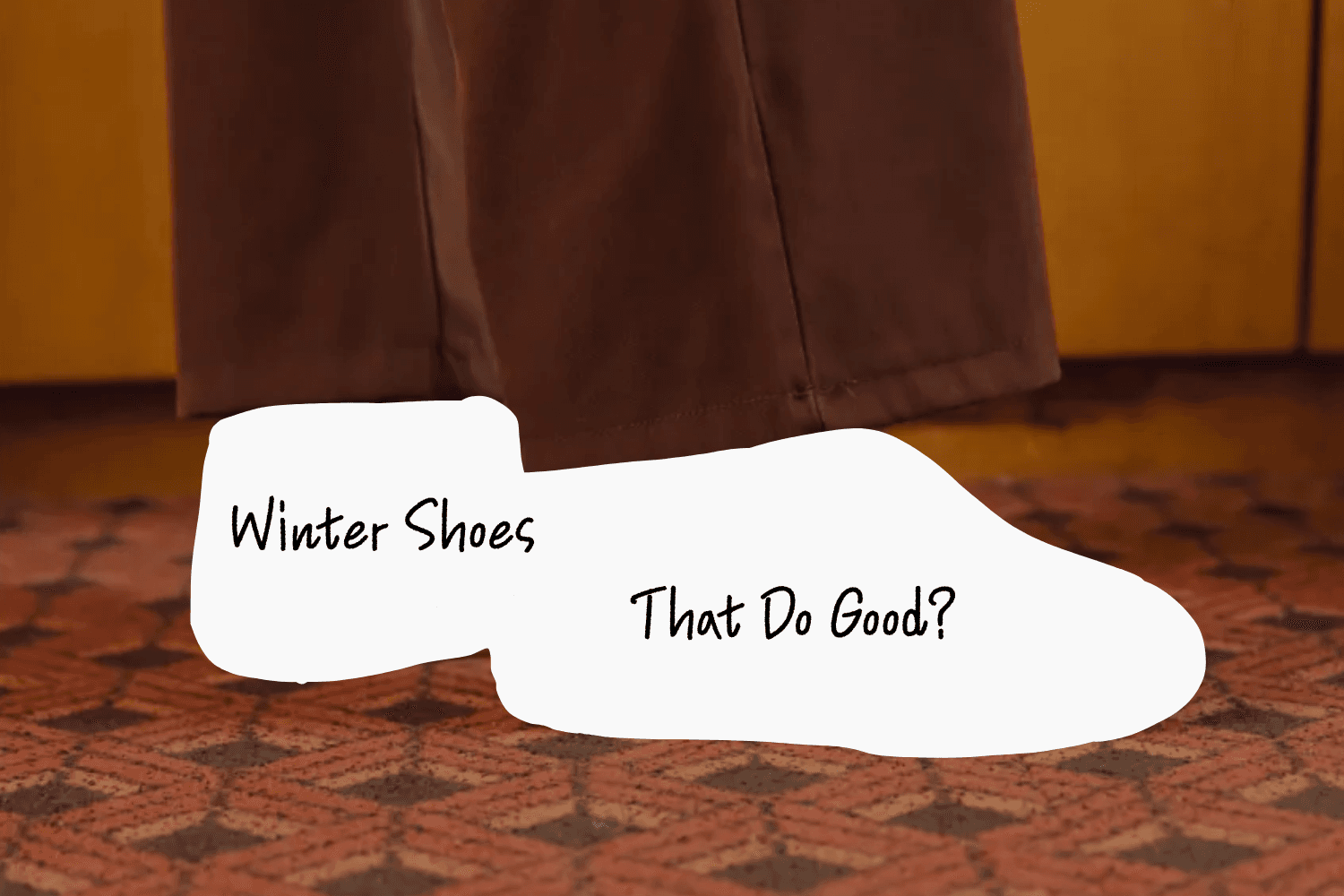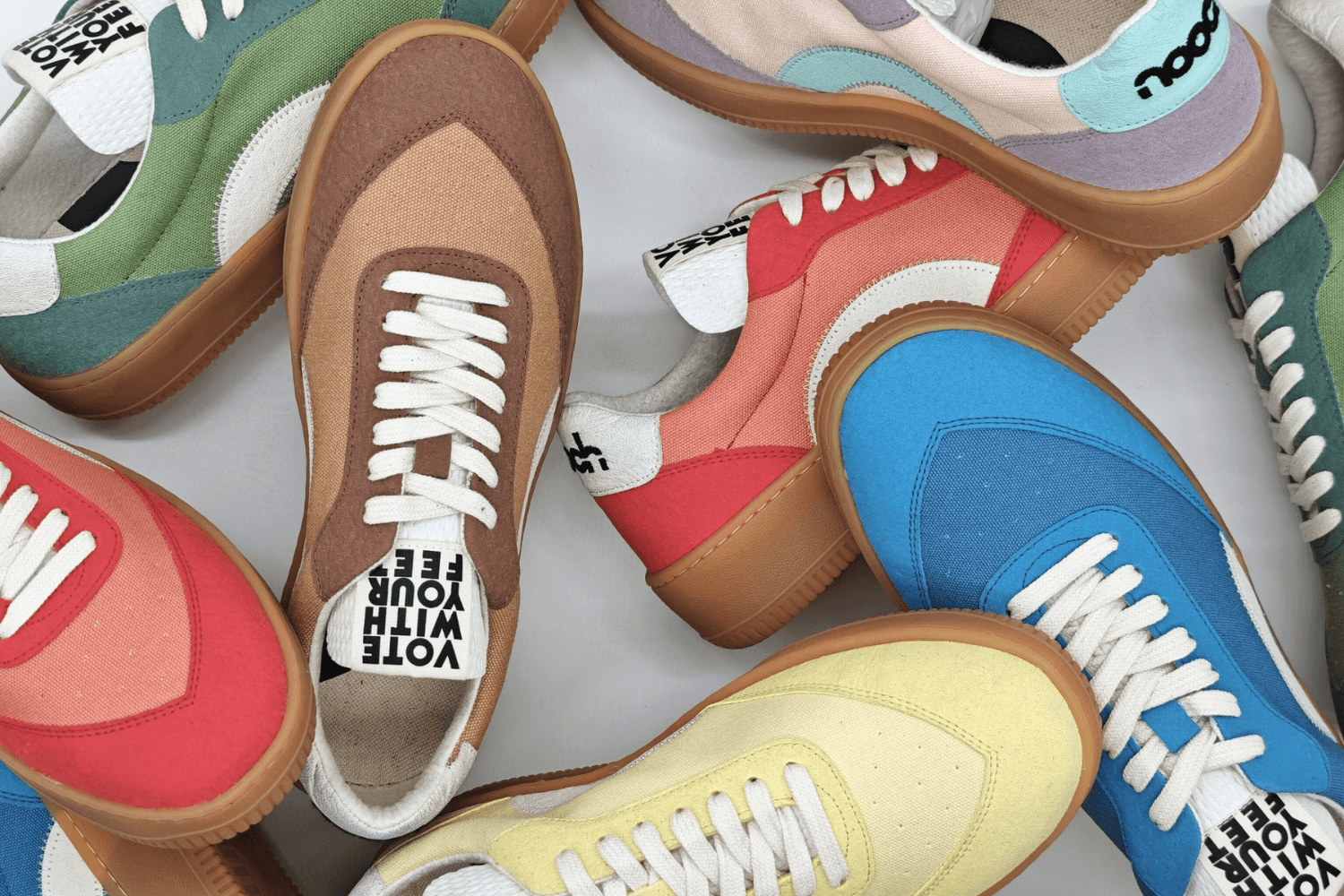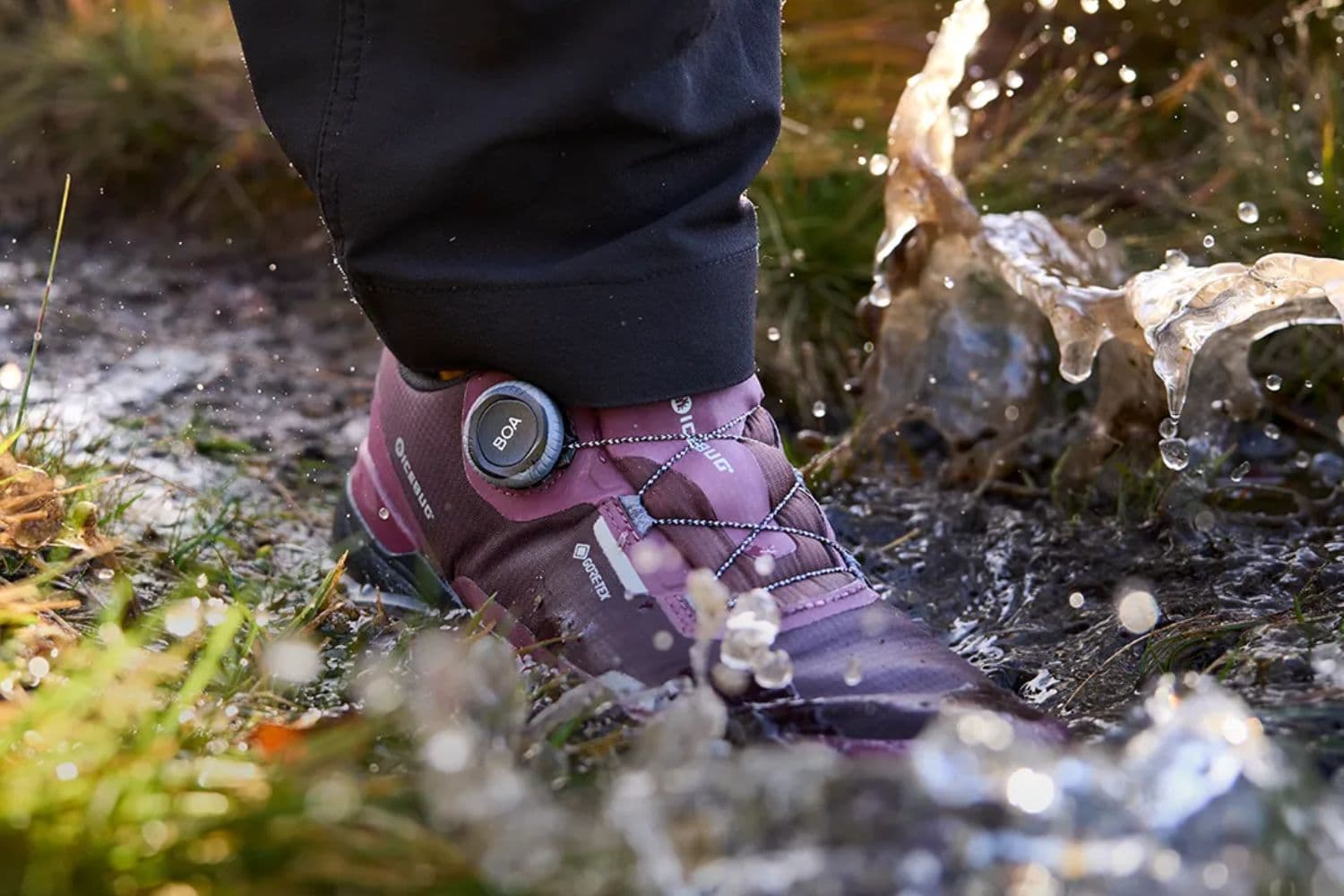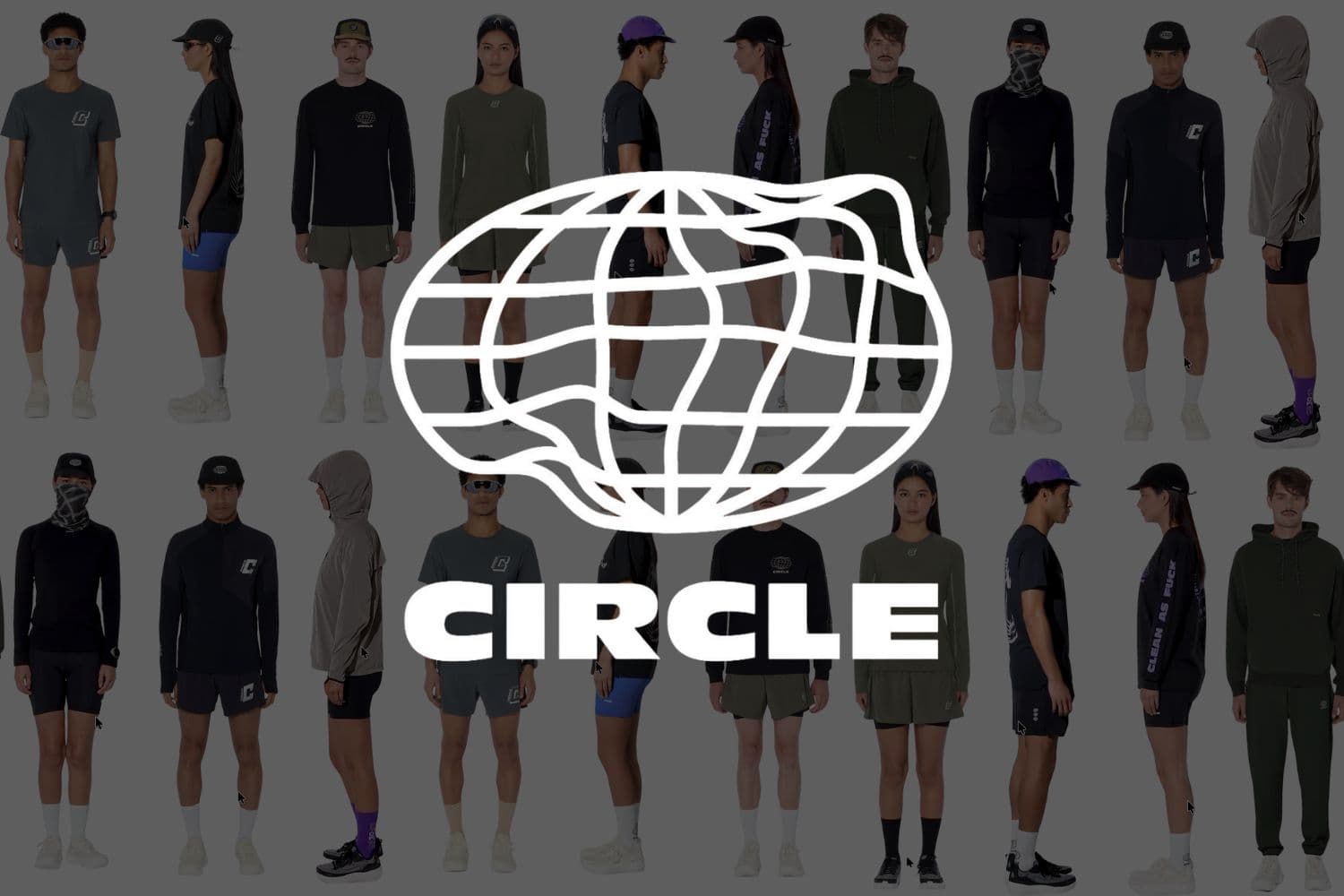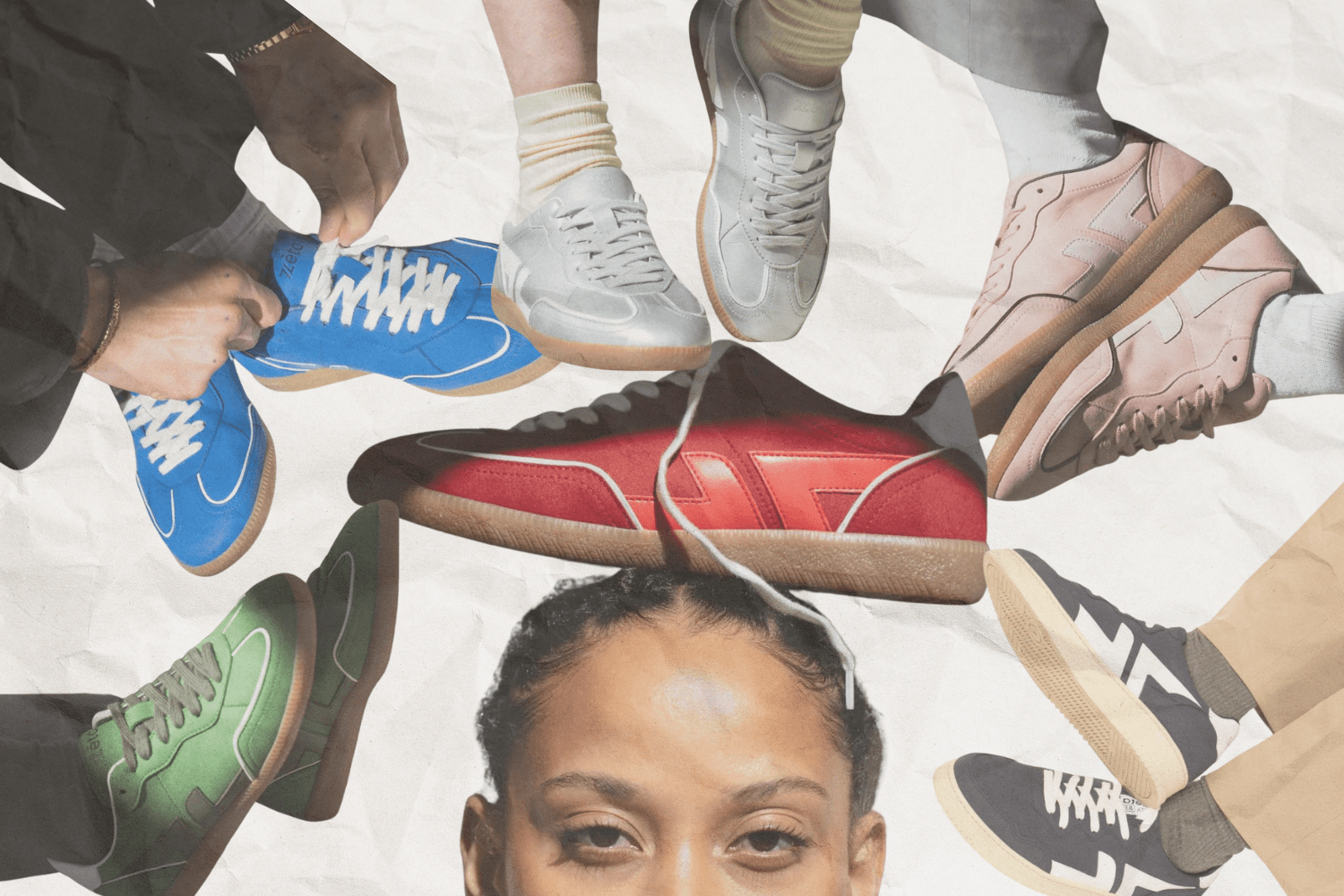In a world increasingly aware of the consequences of overproduction and waste, Wille-Meike Brand is redefining how we think about discarded materials. An artist with a passion for sustainability, Meike is transforming forgotten textiles into stunning works of art, challenging the narrative around waste.
Born and raised in a small village in Drenthe, the Netherlands, Meike’s connection to sustainability started early. “Growing up, self-reliance was second nature in our home,” she shares. “We always looked at what could be fixed or reused. That mindset has stayed with me and naturally seeped into my work.”
This philosophy became the foundation of her creative process. Today, Meike is celebrated for her unique approach to art, combining resourcefulness with innovation to create pieces that are as meaningful as they are beautiful.
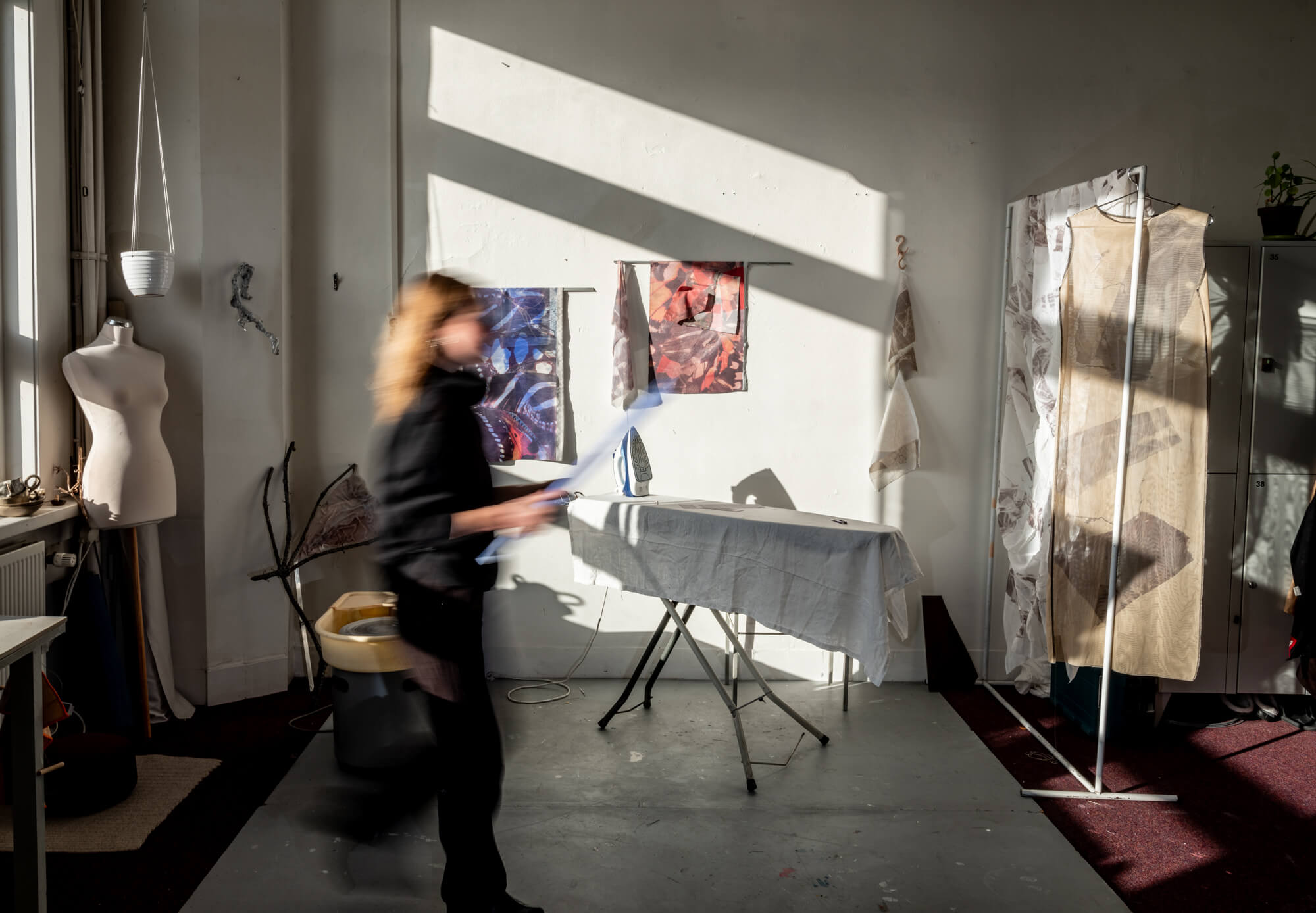
From Chance Discovery to Her Signature Technique
Wille-Meike’s art is driven by a singularly innovative technique she stumbled upon by accident. While experimenting with heat and fabric, she noticed that polyester textiles left a striking imprint when pressed onto another layer of material. What began as a serendipitous discovery is now at the heart of her artistic process.
“It was completely accidental,” she recalls. “I wanted to understand the chemistry behind what happened and started developing it further. Now, it’s central to everything I create.”
Her technique involves using discarded polyester textiles as stamps, applying heat to transfer colors and patterns onto other materials. The results are often unpredictable, making each piece unique. “You do not always get exactly what you expect, each material and color can come out different than you think, because you don’t know what has happened to the material before. I love that unpredictability—it’s like the material has a voice of its own.”
Meike has since built an archive of materials and prints, reusing some pieces hundreds of times to layer textures and patterns. “It’s a slow process, but it’s one that reflects the value of taking time with materials and not rushing to discard them.”
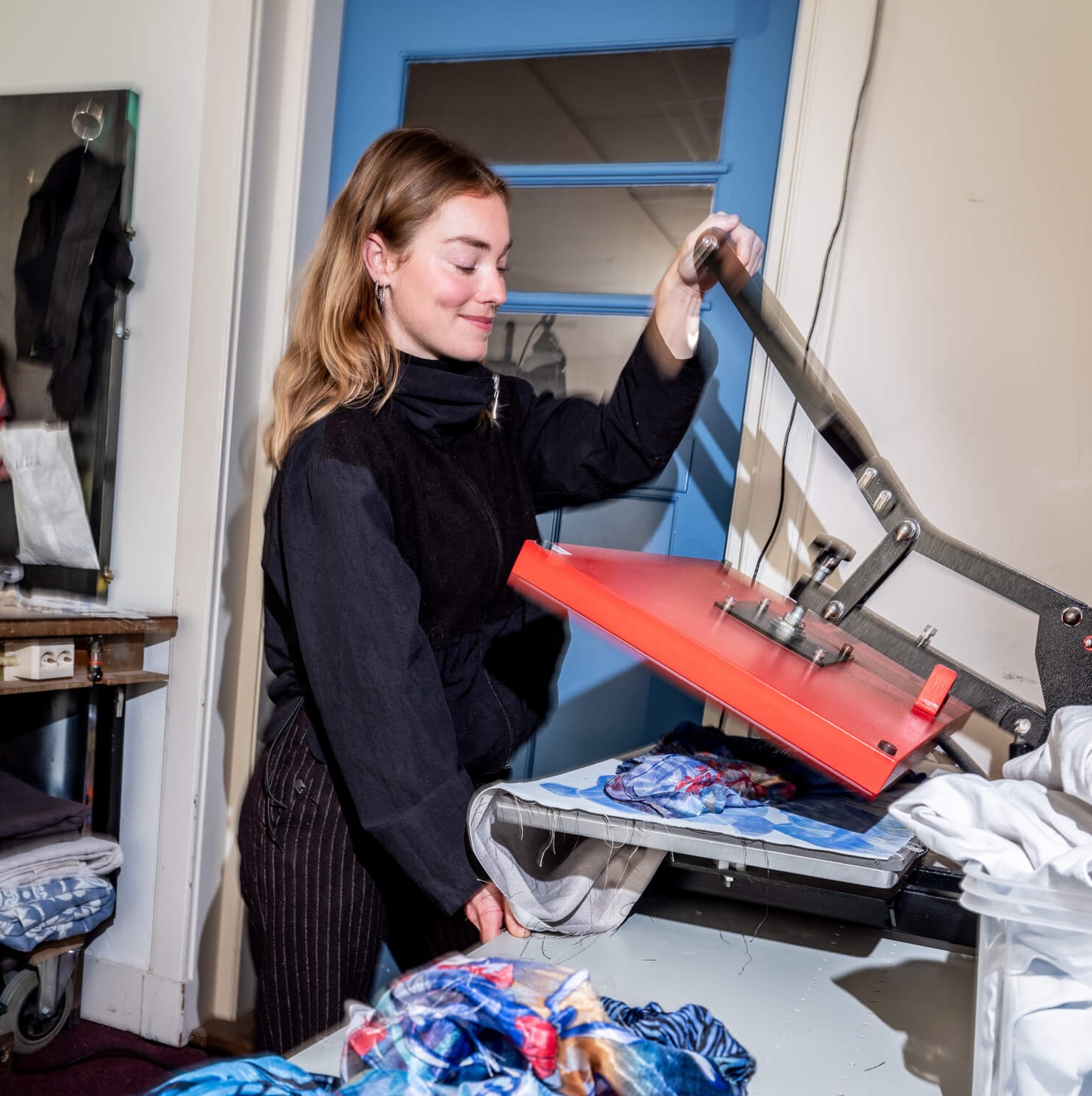
Second-Hand Red Thread Throughout Life
For Meike, sustainability isn’t just an artistic choice—it’s a way of life. She only buys second-hand clothing, her personal values are deeply aligned with her work.
“I’ve always been drawn to second-hand items,” she says. “Even in my art, I never start with new materials. I always look for what already exists.”
Meike sources her textiles from sorting centers like Opnieuw Goed, where mountains of discarded clothes await a new purpose. She gravitates toward materials that are considered unfit for resale—damaged fabrics or those with unusual compositions. “I’m most inspired by what others overlook,” she says. “These materials have stories, and my work aims to uncover and retell them.”
Her work also highlights the environmental challenges of textile waste, even though that is not the first thing you see when seeing her work. “Walking through sorting centers, you see the sheer scale of what we throw away. It’s overwhelming but also motivating—I want to show people the potential of what we discard.”
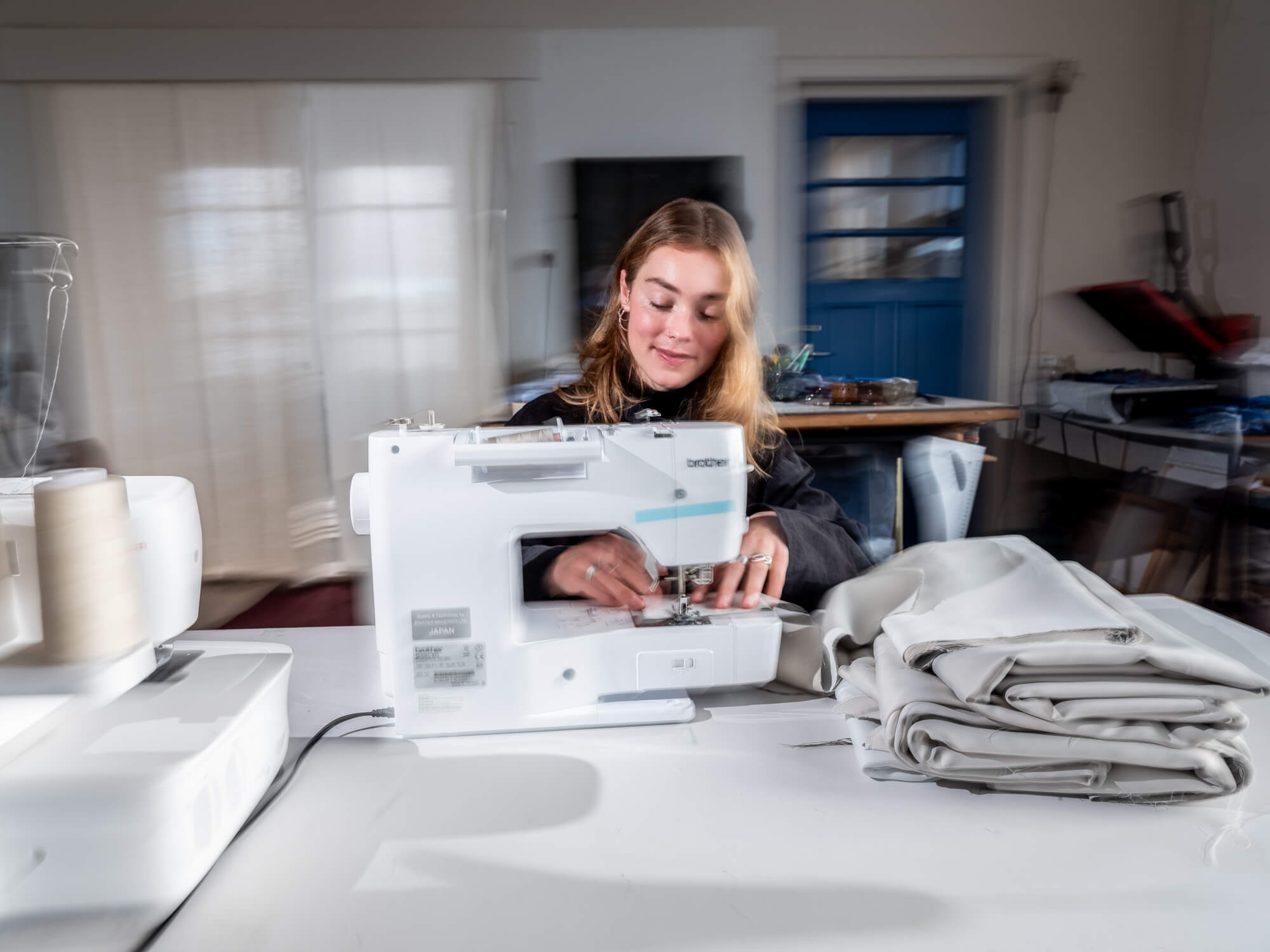
A New Perspective on Waste
For Wille-Meike, art is a tool to challenge perceptions and inspire change. By turning discarded textiles into works of art, she invites us to rethink how we value materials and consider their hidden potential.
“Ultimately, it’s about giving people a new perspective,” she concludes. “I want to show that there’s beauty in the forgotten—and that sustainability doesn’t mean sacrificing creativity or quality.”
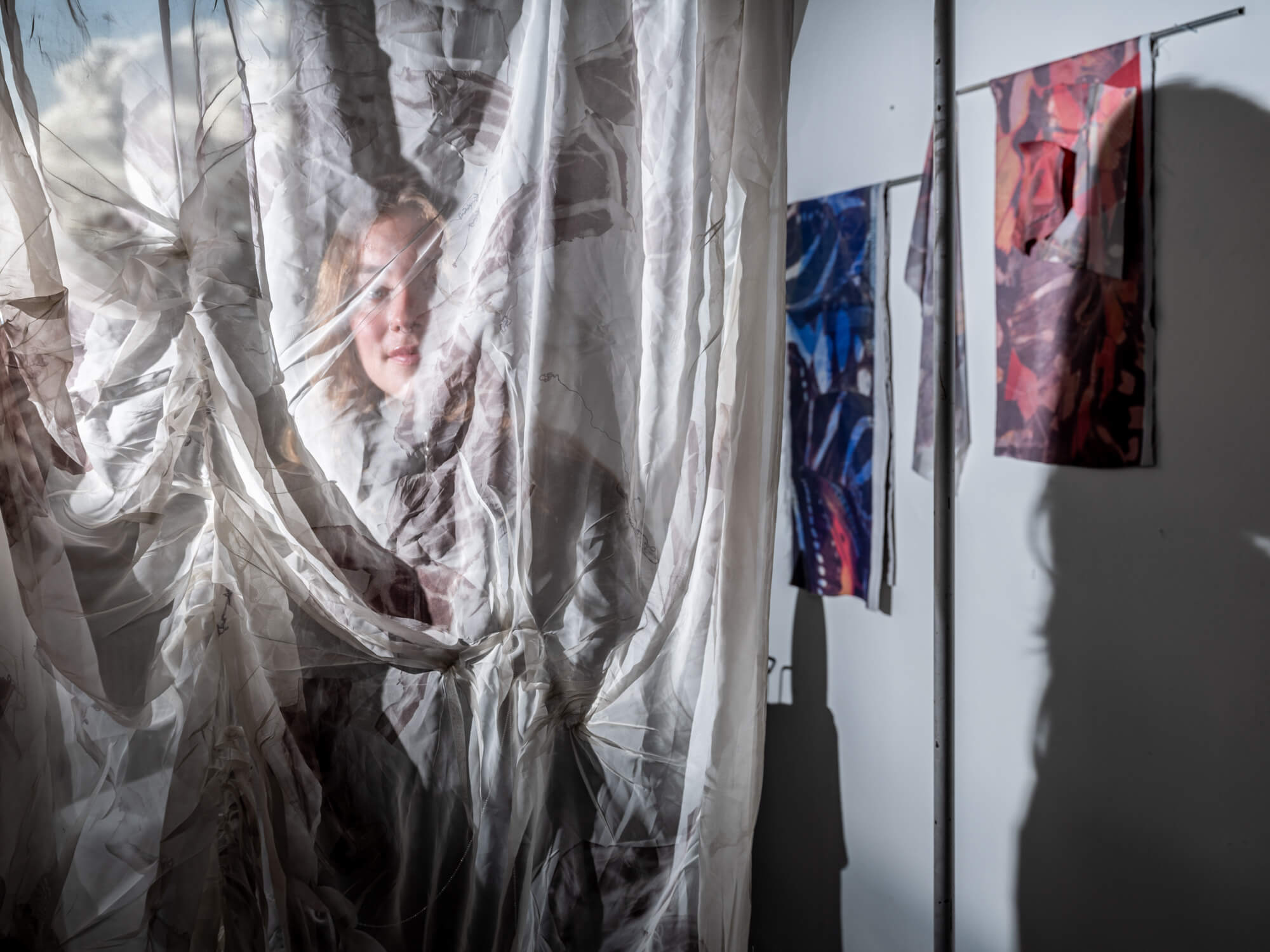
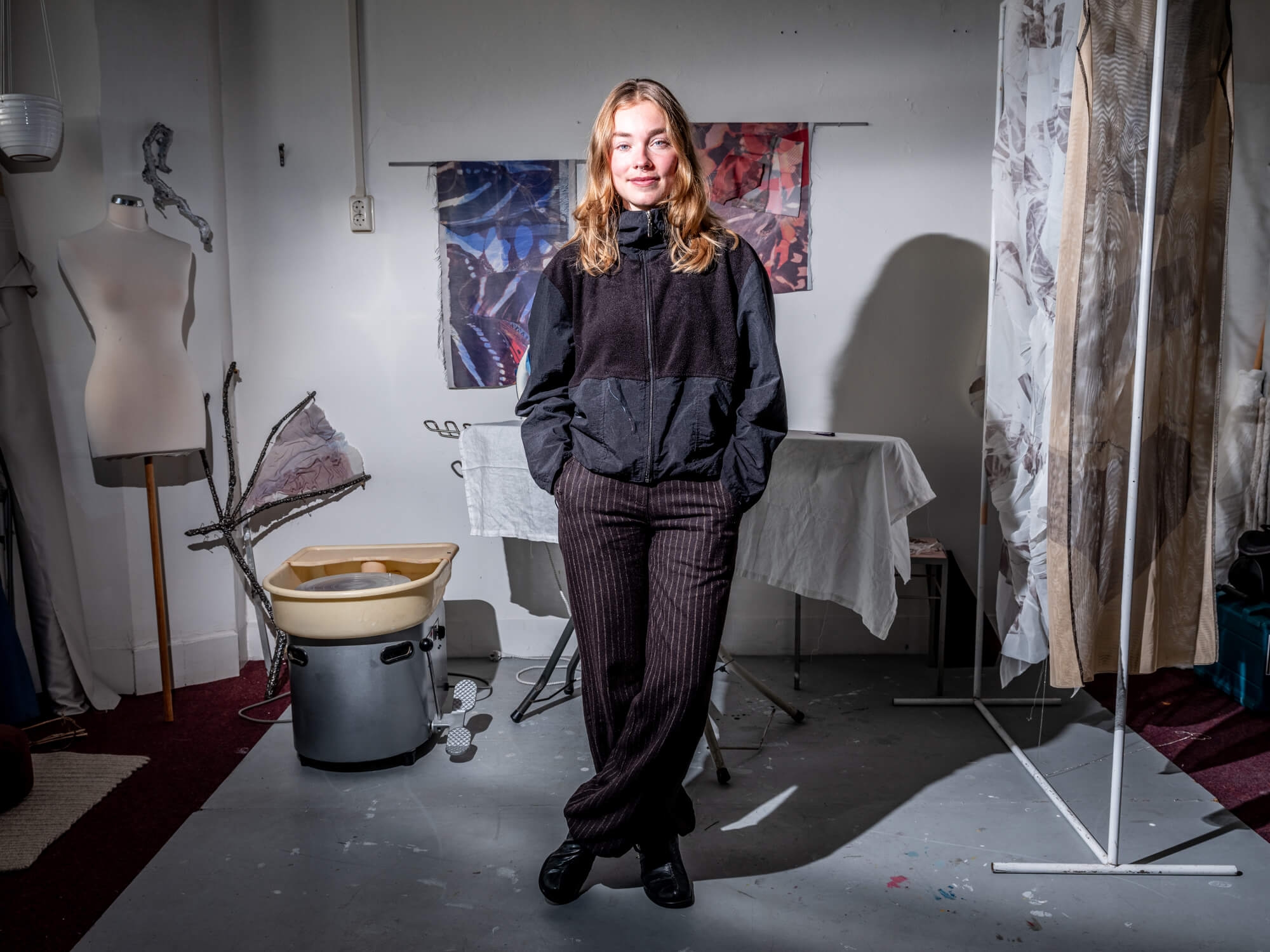
.jpg&w=128&q=75)
.png&w=3840&q=75)
